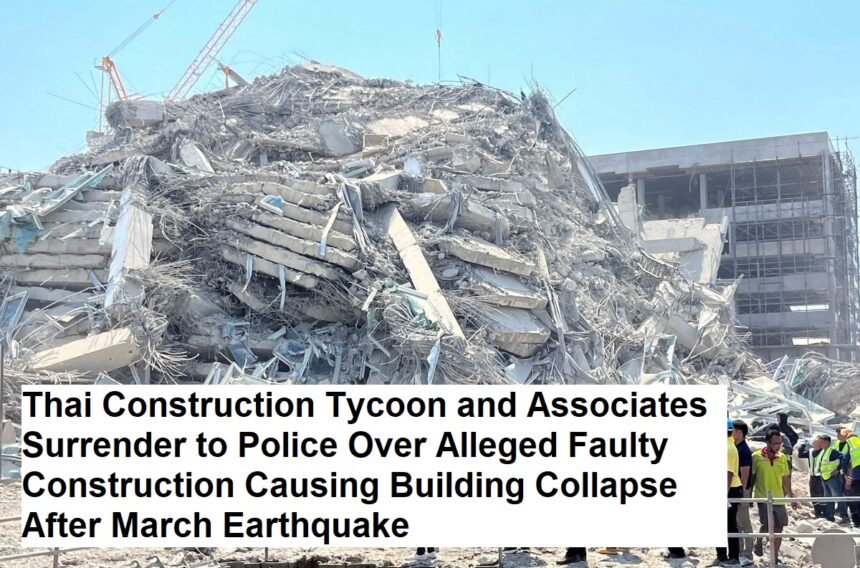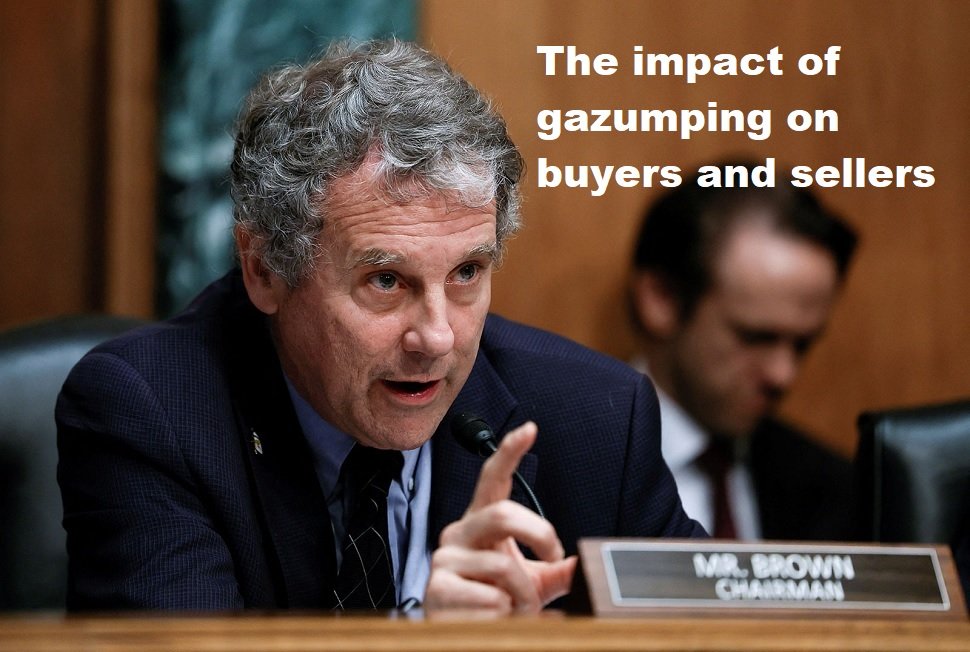On Friday, May 16, 2025, a prominent construction conglomerate leader in Thailand, along with more than a dozen others, voluntarily surrendered to police authorities in connection with allegations of faulty construction practices that led to the collapse of a building during the March earthquake. This development marks a significant step in the ongoing investigation into the tragic incident that raised serious concerns about construction standards, regulatory oversight, and public safety in Thailand.
The earthquake that struck Thailand in March 2025 caused widespread damage across several regions, but the collapse of a particular building drew intense scrutiny due to suspicions that substandard construction contributed to the disaster. The building’s failure resulted in casualties and injuries, sparking public outrage and demands for accountability from those responsible for ensuring structural integrity.
Authorities launched a thorough investigation into the construction practices employed in the affected building, focusing on whether the developers and contractors adhered to safety codes and regulations. Preliminary findings suggested that negligence, use of inferior materials, and possible corruption in the approval process may have played a role in compromising the building’s resilience to seismic activity.
The surrender of the construction tycoon and his associates is seen as a move to cooperate with law enforcement and face the charges related to malconstruction. The group includes engineers, contractors, and officials who are alleged to have been involved in the planning, approval, and execution of the construction project. Their surrender follows increasing pressure from the public and government authorities to hold accountable those responsible for the tragedy.
This case has brought to light systemic issues within Thailand’s construction industry, including lax enforcement of building codes, inadequate inspections, and potential collusion between developers and regulatory bodies. Experts have called for comprehensive reforms to improve construction standards, enhance transparency, and strengthen penalties for violations to prevent future disasters.
The legal proceedings against the accused are expected to be complex and closely watched by the public. Charges may include criminal negligence, manslaughter, and violations of safety regulations. The case also raises questions about the role of government oversight and the effectiveness of current policies in safeguarding citizens from construction-related hazards.
Public reaction to the surrender has been mixed, with some expressing relief that the accused are facing justice, while others remain skeptical about the potential for meaningful accountability given past instances of impunity in similar cases. Victims’ families and advocacy groups continue to demand thorough investigations and compensation for those affected by the building collapse.
The incident has also prompted broader discussions about disaster preparedness and urban planning in Thailand, especially in regions prone to natural hazards such as earthquakes. Authorities are urged to invest in resilient infrastructure, enforce stricter building codes, and promote public awareness to mitigate risks associated with future seismic events.
In conclusion, the surrender of the Thai construction tycoon and several others on May 16, 2025, in connection with the March earthquake building collapse, represents a critical moment in the pursuit of justice and reform. The case highlights the urgent need to address construction industry shortcomings and enhance regulatory frameworks to protect public safety. As investigations and legal processes unfold, the outcome will have significant implications for Thailand’s construction sector and its commitment to preventing similar tragedies in the future.









